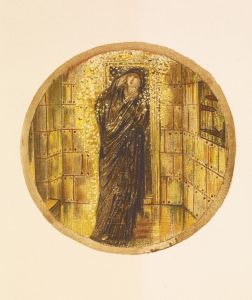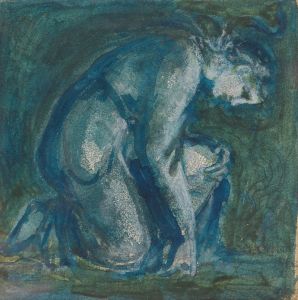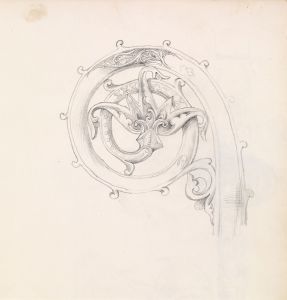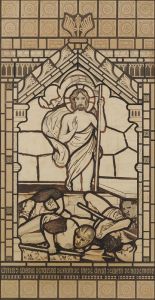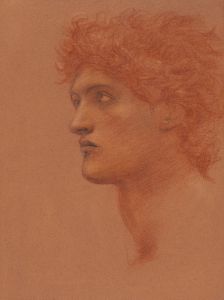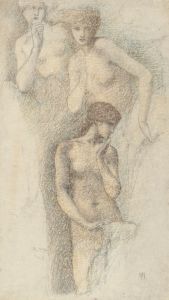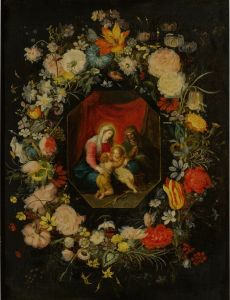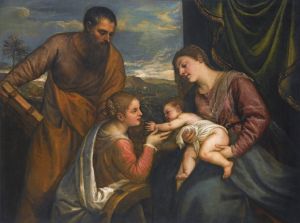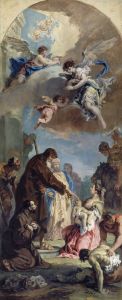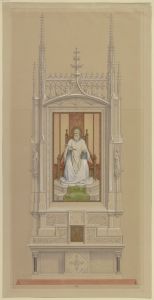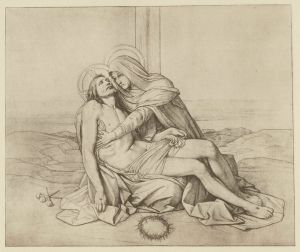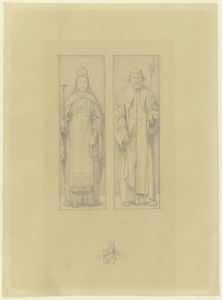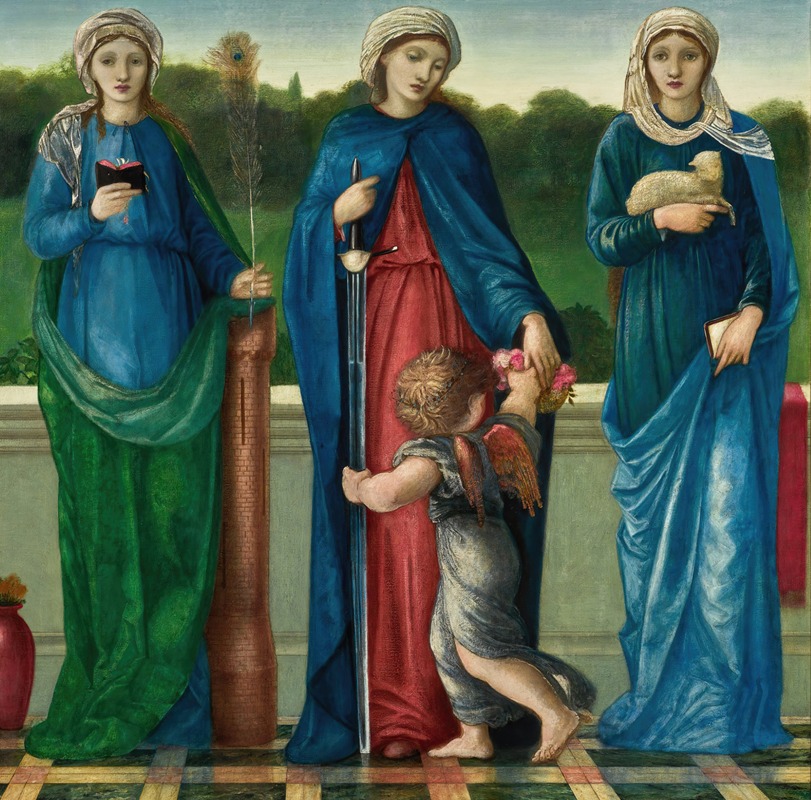
St Barbara, St Dorothy And St Agnes
A hand-painted replica of Sir Edward Coley Burne-Jones’s masterpiece St Barbara, St Dorothy And St Agnes, meticulously crafted by professional artists to capture the true essence of the original. Each piece is created with museum-quality canvas and rare mineral pigments, carefully painted by experienced artists with delicate brushstrokes and rich, layered colors to perfectly recreate the texture of the original artwork. Unlike machine-printed reproductions, this hand-painted version brings the painting to life, infused with the artist’s emotions and skill in every stroke. Whether for personal collection or home decoration, it instantly elevates the artistic atmosphere of any space.
"St Barbara, St Dorothy and St Agnes" is a painting by the British artist Sir Edward Coley Burne-Jones, a prominent figure in the Pre-Raphaelite Brotherhood, an art movement that emerged in the mid-19th century. The painting exemplifies Burne-Jones's characteristic style, which is marked by a focus on medieval themes, intricate detail, and a dreamlike aesthetic.
Edward Burne-Jones was born in 1833 in Birmingham, England, and became one of the leading artists of the Pre-Raphaelite movement. This group sought to return to the abundant detail, intense colors, and complex compositions of Quattrocento Italian art. Burne-Jones's work often features themes drawn from mythology, literature, and religion, and "St Barbara, St Dorothy and St Agnes" is no exception.
The painting depicts three Christian saints: St Barbara, St Dorothy, and St Agnes. Each of these figures is known for their piety and martyrdom, and they were popular subjects in religious art during the medieval and Renaissance periods. St Barbara is often associated with themes of protection against lightning and sudden death, St Dorothy is linked with the imagery of flowers and fruits, symbolizing purity and heavenly bliss, and St Agnes is frequently depicted with a lamb, representing her innocence and purity.
Burne-Jones's portrayal of these saints is consistent with his broader artistic vision, which often sought to evoke a sense of otherworldly beauty and spiritual transcendence. The figures in the painting are rendered with delicate, elongated forms and are set against a richly detailed background, characteristic of Burne-Jones's meticulous approach to composition and design.
The painting reflects Burne-Jones's interest in the symbolic and allegorical potential of art. His works often convey a sense of narrative and are imbued with a deep sense of emotion and spirituality. The choice of saints in this painting may reflect the artist's interest in themes of martyrdom and divine grace, common motifs in his oeuvre.
Burne-Jones's work was highly influential in the development of the Aesthetic Movement, which emphasized the importance of beauty and art for art's sake. His paintings, including "St Barbara, St Dorothy and St Agnes," are celebrated for their exquisite craftsmanship and their ability to transport viewers into a realm of myth and legend.
The painting is part of the broader body of work that has cemented Burne-Jones's reputation as one of the foremost artists of his time. His contributions to the Pre-Raphaelite movement and his influence on subsequent generations of artists are well-documented, and his works continue to be studied and admired for their beauty and technical mastery.
"St Barbara, St Dorothy and St Agnes" remains an important example of Burne-Jones's artistic legacy, showcasing his ability to blend religious themes with a unique aesthetic vision that continues to captivate audiences today.






